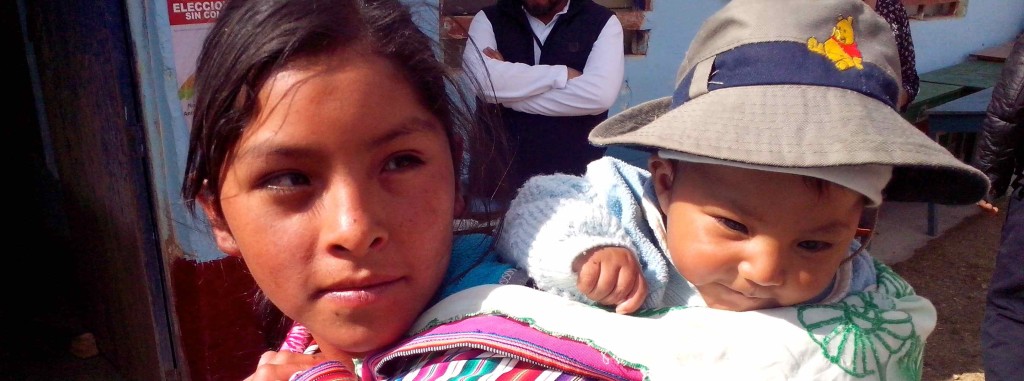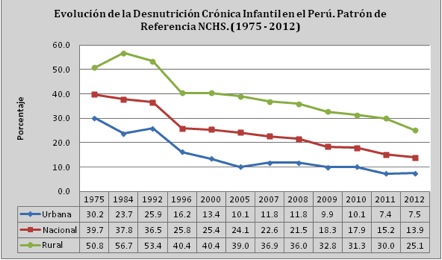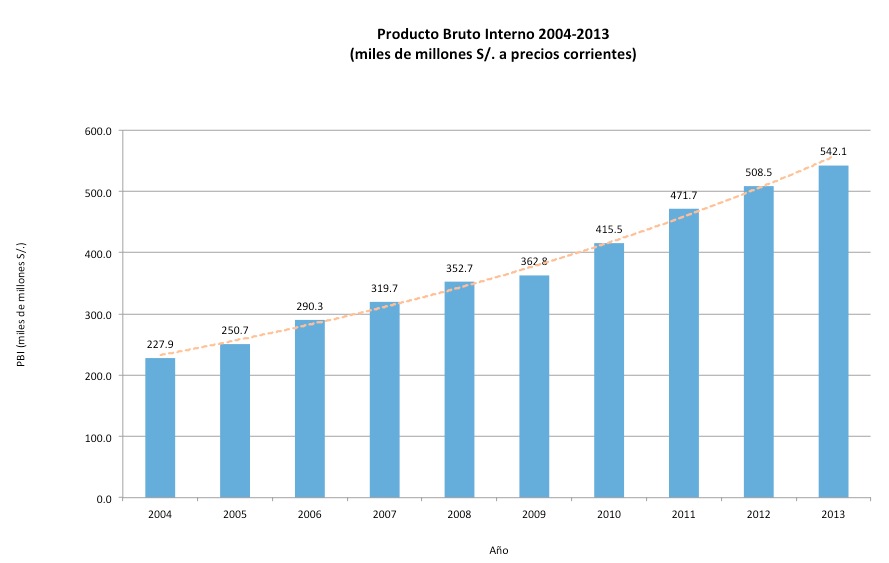The Surprising Peruvian People
Once again, the people of Peru have astonished the world by providing a new legacy, this time by successfully addressing a problem that our nations have had historically, which is chronic child malnutrition, a scourge condemning our people to poverty and underdevelopment.

Niña y niño en Chullcupampa, Perú. Foto: Néstor Deras
Once again, the people of Peru have astonished the world by providing a new legacy, this time by successfully addressing a problem that our nations have had historically, which is chronic child malnutrition, a scourge condemning our people to poverty and underdevelopment.
We mustn’t be surprised. The ancestral Inca people have bequeathed such great contributions to the world’s development, on the basis of their rich cultural heritage, based on the native peoples; their landscapes, their genetic resources harbored in their high biodiversity, their minerals, their rich and diverse food culture, among other contributions.
Since 2008, Peru has significantly reduced chronic child malnutrition, from 24.1% in 2005 to 13.9% in 2012 as shown in Graph 1 (Evolution of Chronic Child Malnutrition in Peru. NCHS reference data [1975-2012], Percentage Urban, Nationwide, Rural)

However, this new contribution to humankind has been no accident. To understand it, we must analyze Peru’s political and economic context in recent decades. In the mid-1990s, as a result of major economic reforms by the Government at the time, Peru’s economy grew steadily at a rate of about 9% annually, a trend that has held over recent years, as shown in Graph 2.

Moreover, in early 2000 the country signed major governance agreements among civil society, political parties and the Government, highlighting the commitment to directly address chronic child malnutrition.
This political commitment was implemented by various actions, including greater visibility for malnutrition issues in the nation’s general budget, significant increases in social spending, creation of specialized public institutions, and promoting of coordinated, complementary public policies focusing on evidence-based human development.
This new way of making public policy called for a system with clear, simple indicators to reflect citizens’ development, versus the traditional indicators based on institutional management.
Along this same line of ideas, another lesson learned for me from the Peruvian experience is that public policies must not be standardized. On the contrary, they must be sufficiently flexible to respect the unique features of each territory. This is very well complemented by decentralization policies pursued since the turn of the century, entailing creation of the Decentralization Law enacted by the Legislative Assembly in 2002.
Decentralization entails the need to transfer resources and responsibilities to different levels. To fully undertake this commitment, government agencies playing these roles must take part in systematic training to enable them to successfully perform as dynamic drivers of development.
In my suitcase, I am also taking home the experience of a planning and management by results system, which efficiently and complementarily coordinates public policies from the central level, through regional, municipal and community levels. This coordination also encourages programs and projects managed by NGOs and international cooperation to join in and complement the development processes pursued in local territories.
However, in Peru planning is not only an institutional process. This Learning Route has shown us something unusual: a humble but dignified family, proudly and optimistically has shown us their own Life Plan, constructed with all family members involved, with a vision of their future, clear goals and objectives, involving every family member in putting the Plan into practice.
Finally, I must mention in these notes that it is indeed possible for peoples to achieve development, and it is also possible to eradicate all forms of malnutrition. The foundation of the solution is education for human beings and their families, which will result in people with dignity who can build a good society. This all makes me hopeful for my own nation.
Thank you, Peru—your children and the world will be eternally grateful to you!